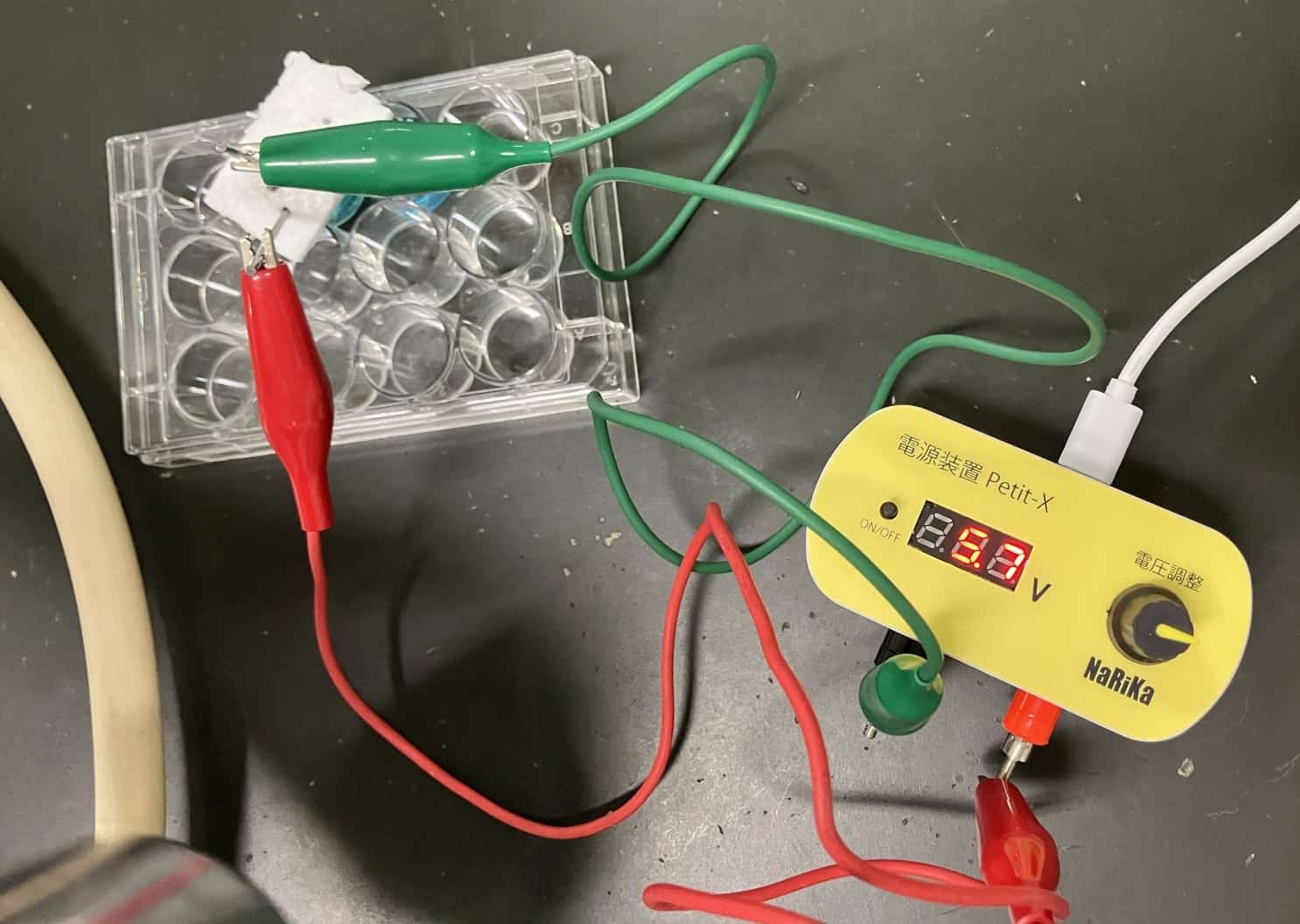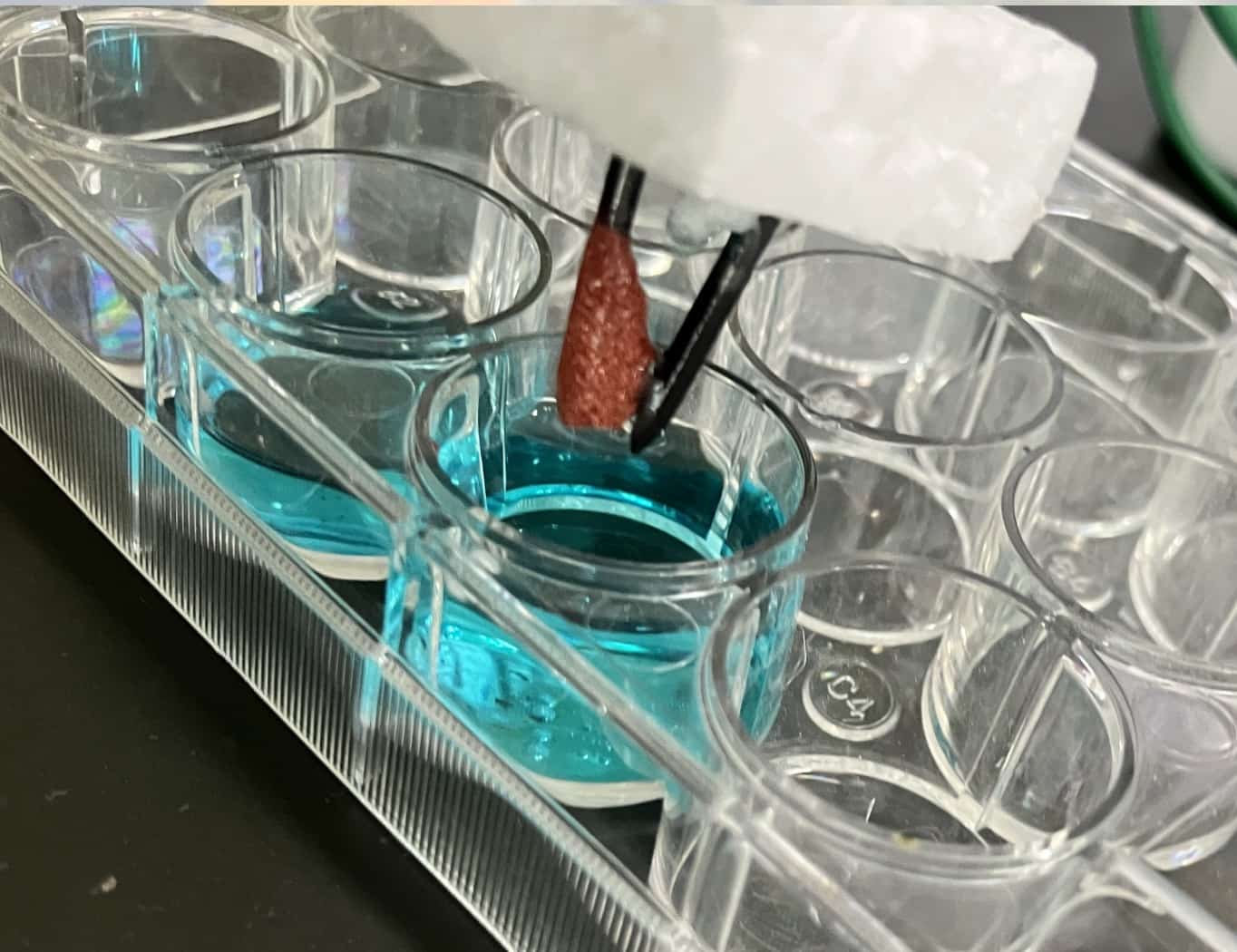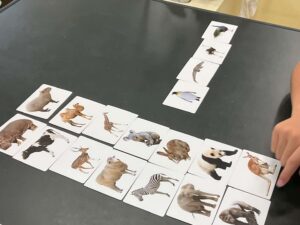Smaller Than Your Phone: This “Little Giant” is Revolutionizing the Science Lab
This is Ken Kuwako, your science trainer. Every day is an experiment!
When you think of science experiments, what comes to mind? Beakers? Flasks? …And that big, heavy “power supply unit”? Lugging it to the lab is a pain, and your desk ends up cluttered with cords. I’ve just found an amazing new item that makes those “science lab struggles” a thing of the past!
It’s a mini power supply that connects to your computer, released by the science equipment manufacturer Narika, called the Petit-X. And let me tell you, it’s far more convenient than I ever imagined!
A “Science Lab” Revolution in the Palm of Your Hand
The first thing that shocks you is the size. It’s smaller than a smartphone! This means no more hauling that heavy power supply (“oof!”) every time you set up for class. It’s literally pocket-sized. The simplicity of plugging it right into a computer’s USB port is another huge plus.

Tiny but Mighty! Perfect for “Electrolysis” at 5V
Don’t underestimate the Petit-X just because of its size. The voltage is finely adjustable from 0.6V up to 6V, in 0.1V increments. For junior high school science, 6V is enough to run almost any standard experiment. (Excluding specialized procedures like electrophoresis, it’s more than enough power).
I actually used it for what I’d call a highlight of 8th-grade chemistry: the electrolysis of copper chloride. That’s the classic experiment where you pass a current through a substance to cause a chemical change—chlorine gas appears at the anode (+) and copper metal plates onto the cathode (–). I had the students set their units to 5V, and the results were perfect! It successfully separated the compound into copper and chlorine.

The Perfect Partner for Microscale Experiments
I was especially impressed by how well it pairs with “microscale experiments.” Microscale chemistry, if you’re not familiar, is an experimental approach that uses the smallest possible amounts of chemicals and equipment, making it safer and more environmentally friendly.
This tiny equipment and this tiny power supply… it’s the ultimate dream team. The entire circuit becomes incredibly compact, leaving the students’ desks clean and organized!

“Easy to See” Becomes “Easy to Understand”
It has plenty of power for electrolysis, yet it’s this effortless. Eliminating the labor of hauling those large, heavy 20V models we used to use is, frankly, revolutionary. Honestly, having a 20V dial can be dangerous, and besides electrophoresis, what middle school experiment even needs 20V? 6V handles almost everything perfectly.
And there’s one more huge benefit: the circuit is much easier to see. Traditional power supplies are bulky and take up space, making the wiring a tangled mess. Because the Petit-X itself is so small, the path of the circuit—”where is the current coming from, and where is it going?”—becomes incredibly simple to trace. For elementary and middle school students learning about electricity for the first time, this is an enormous advantage. “Easy to see” directly translates to “easy to understand.”
Smart Features Designed “From the Trenches”
It can be powered either from a computer’s USB Type-A port or from any standard USB AC adapter (wall plug).
You can find the full specs on Narika’s website, but here are the main specifications:
| Output Voltage | 0.6~6V |
|---|---|
| Max Current | 1A |
| Panel Display | Digital Voltmeter |
| Power Source | DC5V (Type-C) |
| Dimensions / Mass | 90×45×30mm (protrusions not included), 65g |
| Accessories | USB Cable, 2 Banana Plugs, AC Adapter (Petit-XB only) |
| Other | Magnet on back |
The one thing to note on that spec sheet is the “Magnet on back.” This feature is brilliant! You can stick it directly onto a whiteboard or steel chalkboard for stability. No more worrying about it sliding around the desk or getting pulled off by the weight of the cords. That is 100% a feature designed from a real teacher’s perspective.
It eliminates the hassle of transport, cleans up the desk, and clarifies the circuits. I feel that the Petit-X is a “little giant” that dramatically lowers the barrier to entry for science experiments and powerfully supports that “Aha!” moment for students.
Inquiries and Requests
Bringing the wonder and fun of science closer to home! I’m compiling easy-to-understand guides and tips for fun experiments you can do at home. Feel free to search around!
・The content from my “Book of Science Ideas” is now an actual book. Click here for details. ・About the administrator, Ken Kuwako, click here. ・For various requests (writing, lectures, experiment workshops, TV supervision, appearances, etc.), click here. ・Article updates are posted on X (Twitter)!
![]() My “Science Neta” Channel is streaming experiment videos!
My “Science Neta” Channel is streaming experiment videos!


